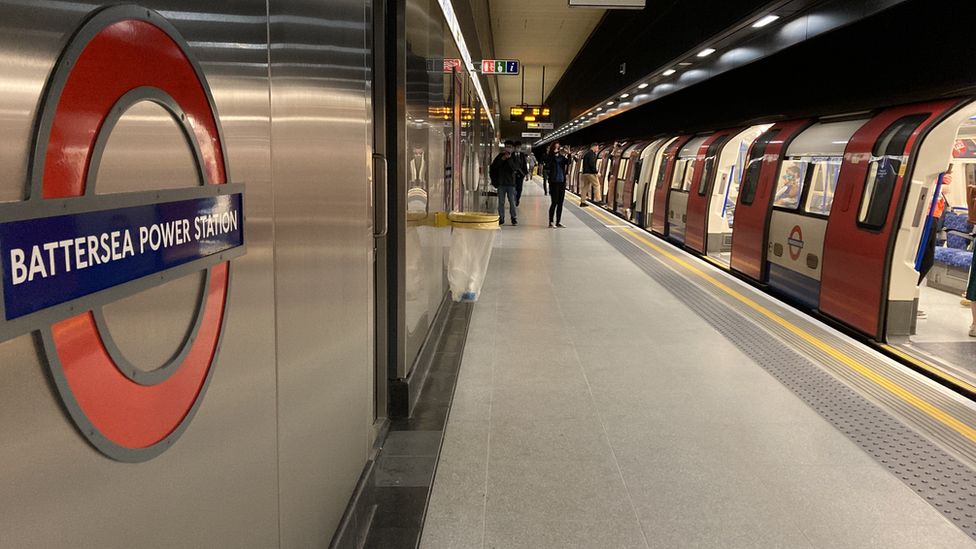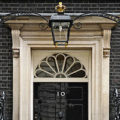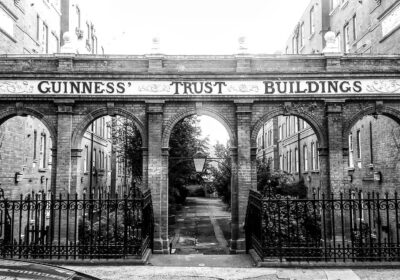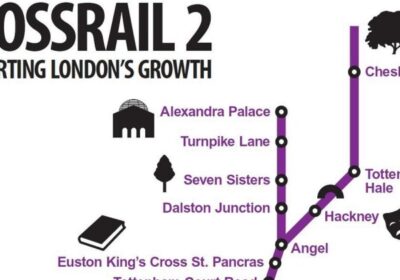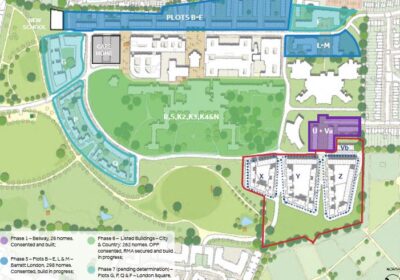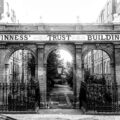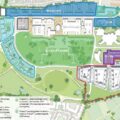The opening of the Northern Line extension this week is a huge moment for Battersea and London. It shows what can be achieved when the public and private sector work in lockstep. If Michael Gove wants to learn how to succeed in his new role, he will find lessons for his levelling up agenda.
I played a small role in the wider Nine Elms story steering the Power Station consent through Wandsworth’s Planning Committee and some of the other permissions which have gone on to create the Nine Elms we see today. There was a lot of cynicism about the proposed Northern Line extension. I vividly remember ‘property experts’ scoffing at the idea of a branch line extension having the capacity to spark a new residential mixed-use quarter. They have been proved wrong.
There are a number of insights. Firstly, the Nine Elms story is one which came about from a complex mix of skills and partners. The developers and the public sector found common ground early. This is important. Simply trying to plant ‘regeneration’ into any part of the UK will not work unless there is a clear case or vision and a number of actors need to be willing to carry the torch. To do this effectively they also need to know the public sector will be there to help carry the burden as things evolve.
This is where the second element was so important. The public sector broadly aligned around 2007/2008. Wandsworth Council did much of the grass roots work. It led on the creation of a Vauxhall and Nine Elms Partnership. This mapped the development potential of over 20 sites which could come forward over several decades. City Hall created a spatial framework that mapped out the typologies and densities achievable. This then, combined with demonstrated private sector appetite was used to broker a deal with HM Treasury. This resulted in a loan to deliver the Northern Line and Transport for London was on board to execute.
Technical skills and specialisms were brought together and it succeeded by being fused through strong local leadership. At Wandsworth this came from Sir Edward Lister and Ravi Govindia. There is much money spent on executive education these days but for me as a young man working alongside these two and others proved an invaluable learning curve for my future.
Sir Edward’s promotion to the Mayoralty only helped solidify links between different organisations. Petty political squabbling and short termism, so often a blight on Britain and London today, was either side stepped or avoided entirely.
There are many other things that I can write about this remarkable story but I will save them for another post. In short, Battersea worked because local leadership created the basis for private sector investment and that in turn created a rock solid coalition of varied interests to back new infrastructure.
Levelling up in other parts of the country need to find and combine these elements. Local leadership that will be rewarded for making the case. Private investment which can feel confident to take on the early speculative stages. A mix of infrastructure and finance skills that can help bring a range of talents to the table with the political heft to sometimes knock heads together. It all takes time. The first thing Michael Gove must do is look at his department and his powers and decide whether he has the right combination in place to achieve this. My gut tells me that his team need to learn to walk before they start running.

